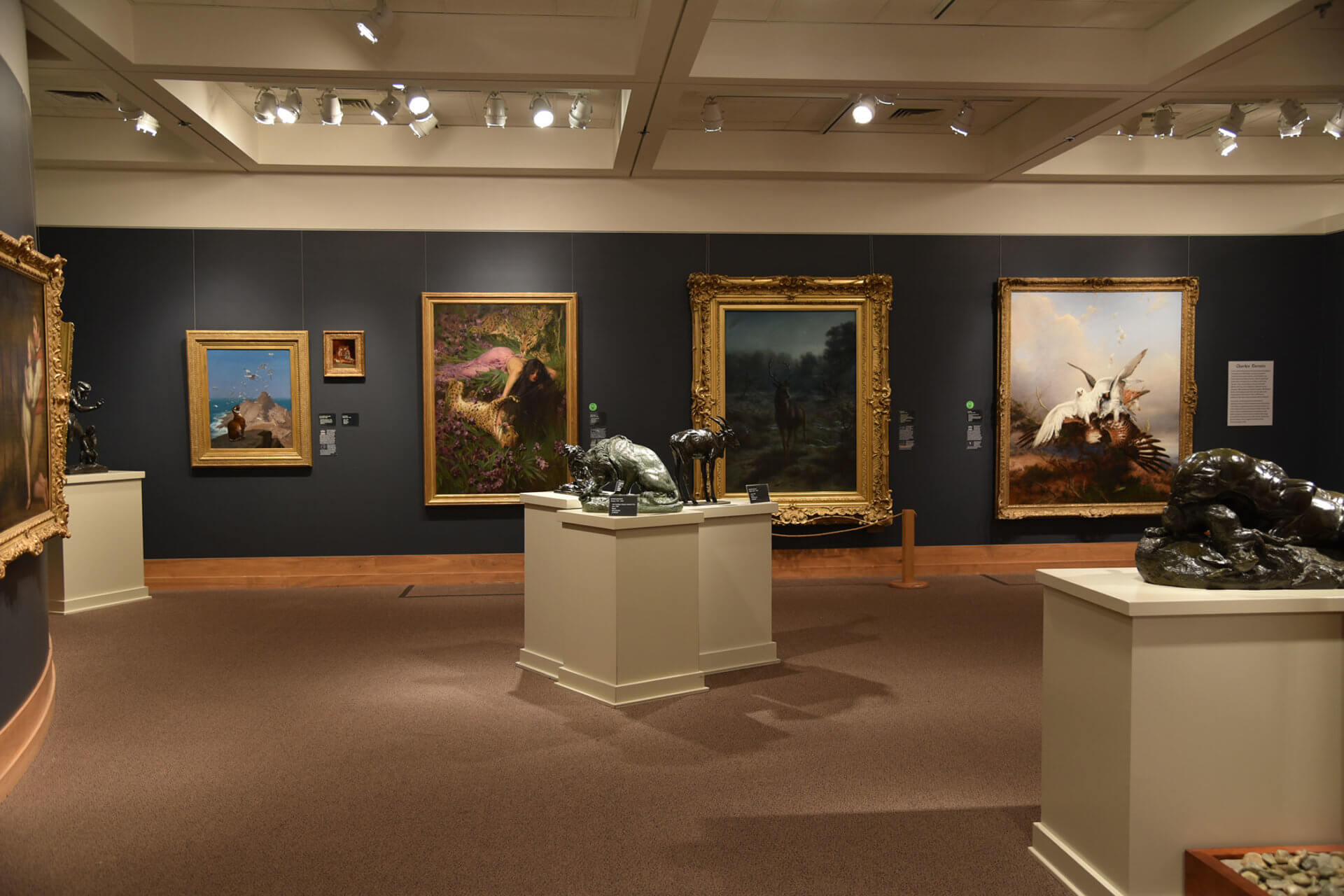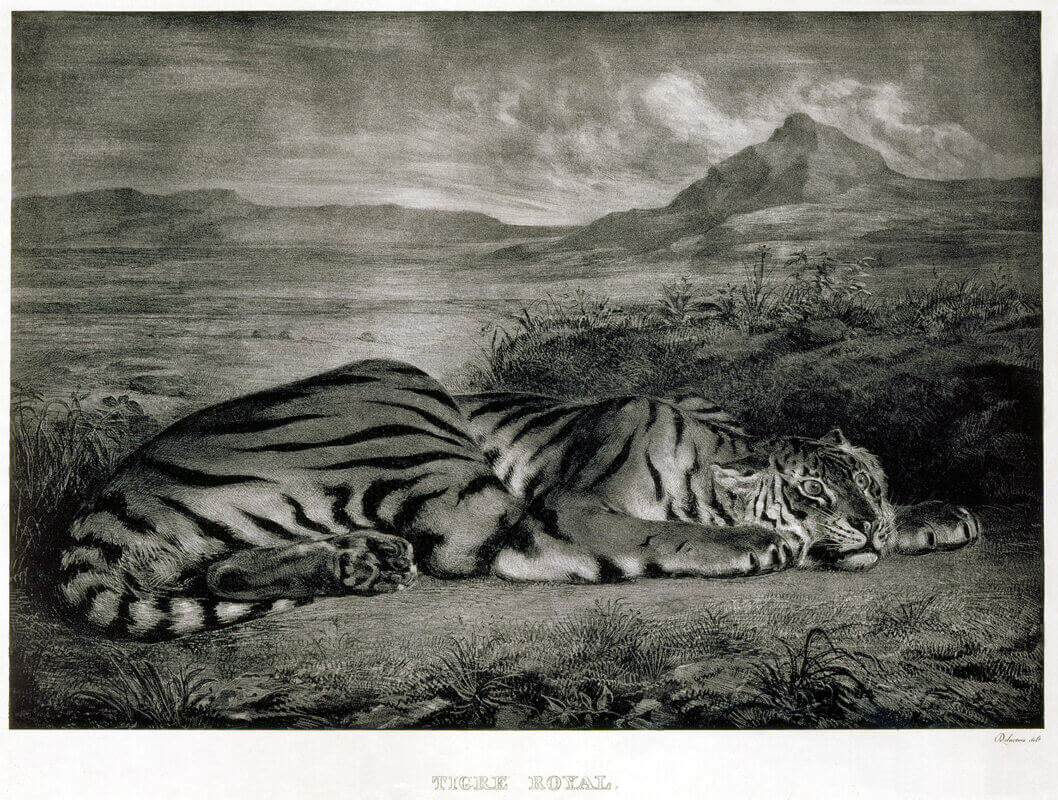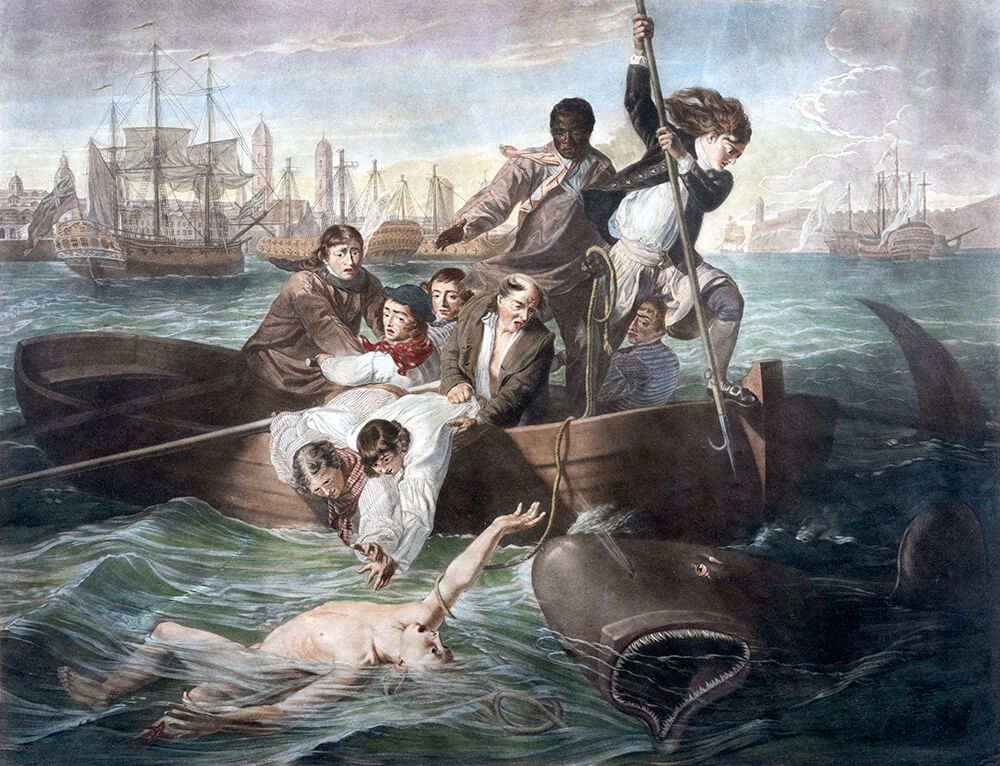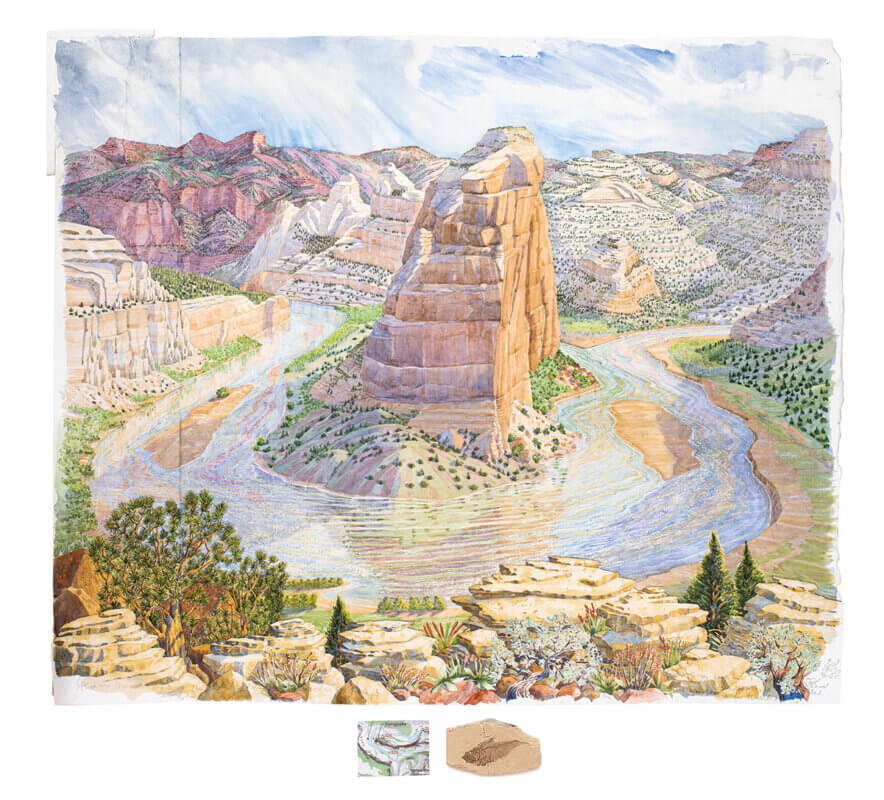For centuries, animals in European art illustrated familiar narratives, such as hunting scenes, stories from classical mythology, or biblical passages. Artists often relied on specimens in natural history collections or animals in royal zoos as models.
During the Age of Discovery (c. 1500-1900), Europeans explored and colonized parts of the globe, returning home with massive collections of specimens. Scientists classified and catalogued these collections, in keeping with Enlightenment-era thinking of the time. The Enlightenment upheld reason and rationality as the primary way of understanding the world. In art, anatomic accuracy illustrating specific characteristics of different species was highly valued.
Romanticism arose as a reaction to the Enlightenment. Romanticism valued emotion over rationality, the heart over the head. Romantic artists believed nature was the source of profound feelings, ranging from terror to ecstasy. Alfred Lord Tennyson’s famous line, Nature, red in tooth and claw and the sinuous sculptures of Antoine-Louis Barye epitomized this romantic way of envisioning nature.
In midst of these competing societal forces came Charles Darwin, whose theory of evolution through natural selection combined elements of both Enlightenment and Romantic thought. While Darwin stressed the importance of scientifically observing animals, he also showed that observing them in their natural habitat was critically important. Adding a Romantic element, he saw life as a constant battle, a struggle for existence. For artists, this made fieldwork important, but also encouraged a dramatic worldview embracing the notion of the survival of the fittest.
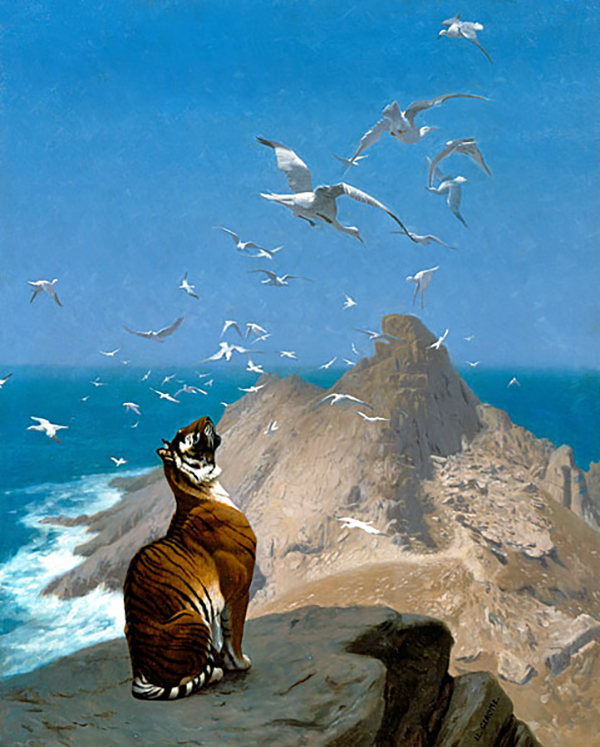
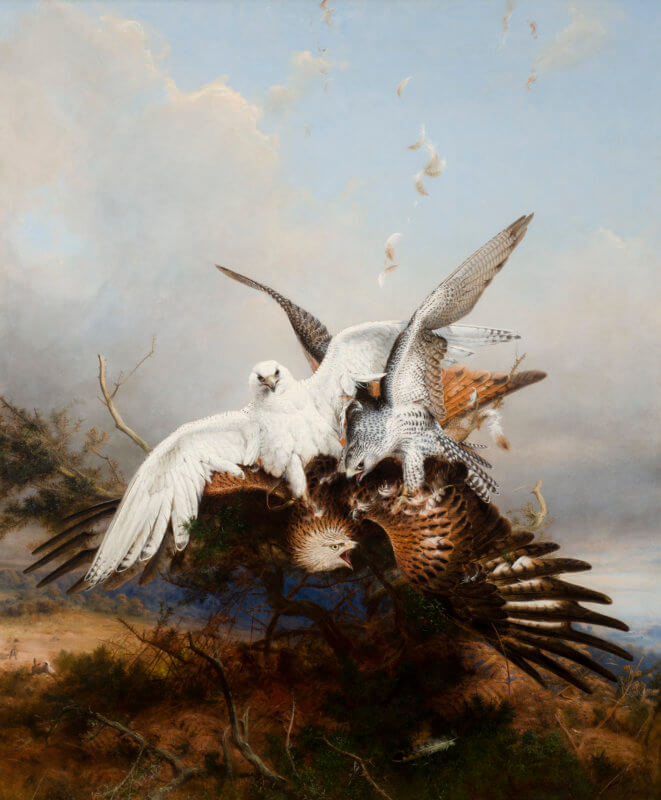

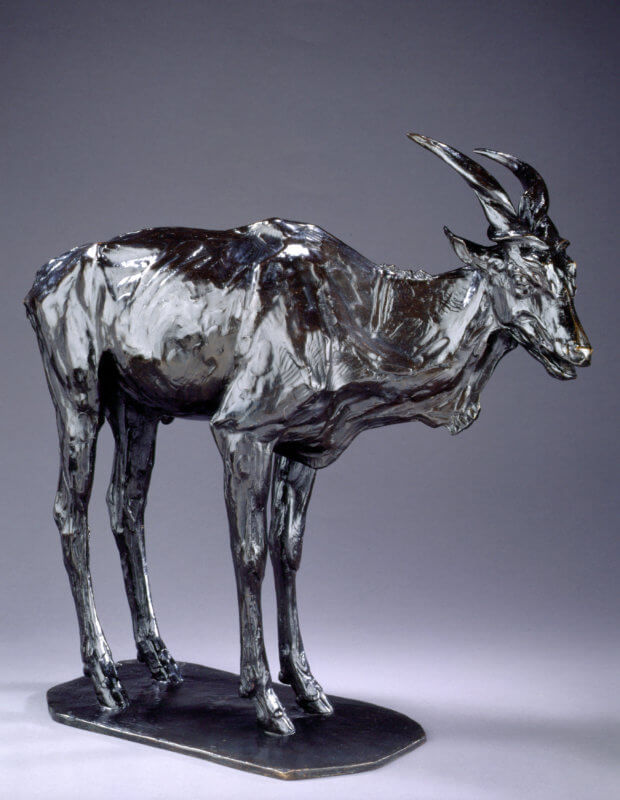
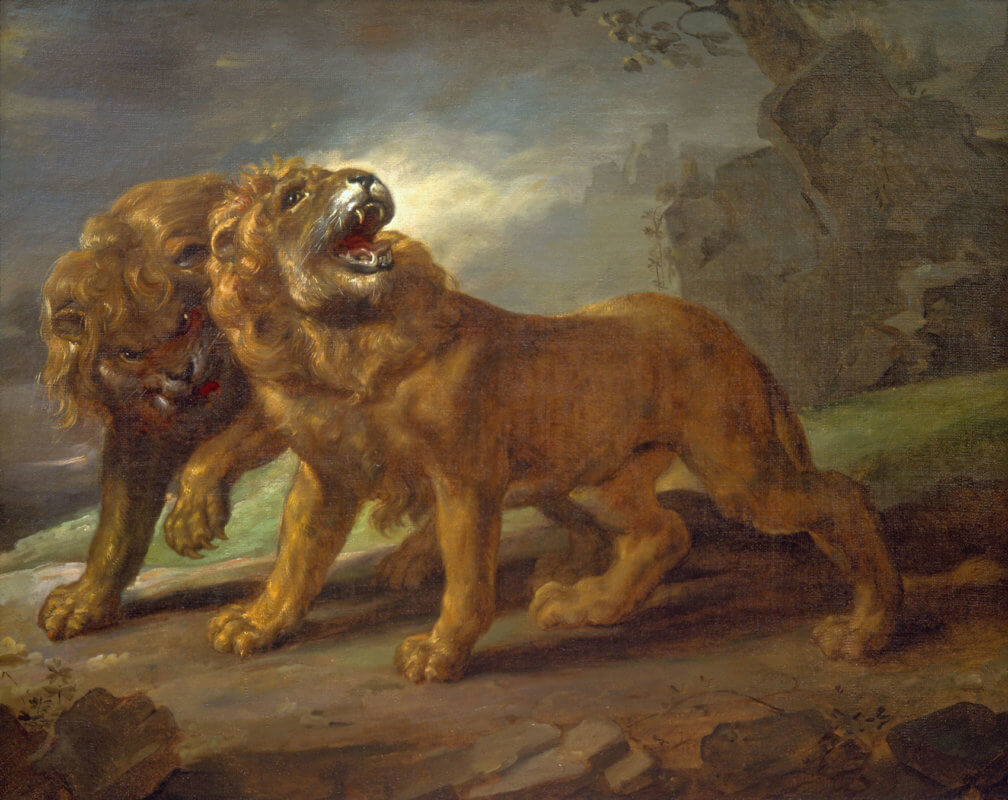
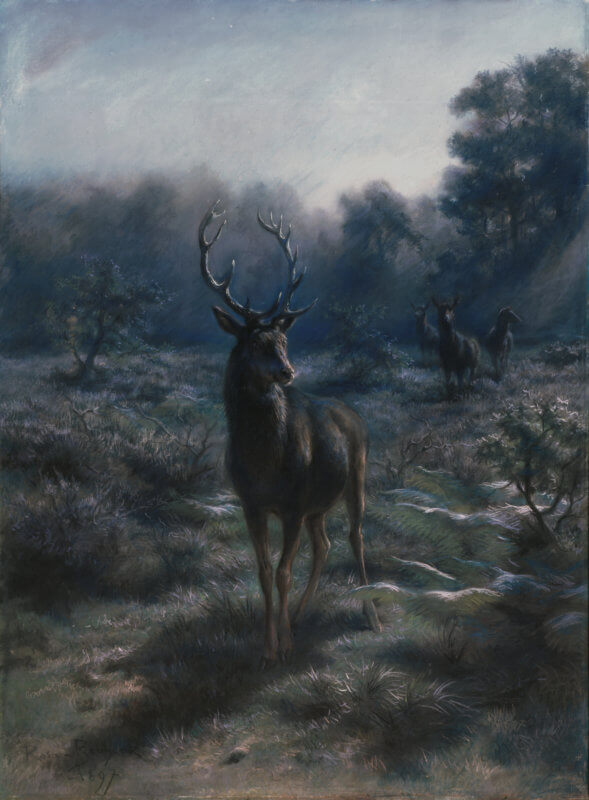
- 1
- 2
- 3
Out of the Shadows: Prints from the Permanent Collection
Through April 27, 2025Dürer, Rembrandt, Goya, Picasso, Warhol—while many of the works in this show may be small in size, they are created by some of the biggest names in the canon of art history.
See the Exhibit- 1
- 2
- 3
Tony Foster: Watercolour Diaries from the Green River
Through May 4, 2025Artist Tony Foster became fascinated with the 50-million-year-old Green River fossilized fish when he first saw them in 1985. It was from these small special objects that he comprised the idea to make a group of artworks about the Green River. He began his project in 2018, creating a major painting of Steamboat Rock and the horseshoe bend from his vantage point up a 400 foot cliff. In the summer of 2019 he took a rafting trip from the Gates of Lodore to Split Rock, creating five smaller paintings en route. From these initial works he created this exhibition about, in Foster’s words: “this magnificent river.”
See the Exhibit